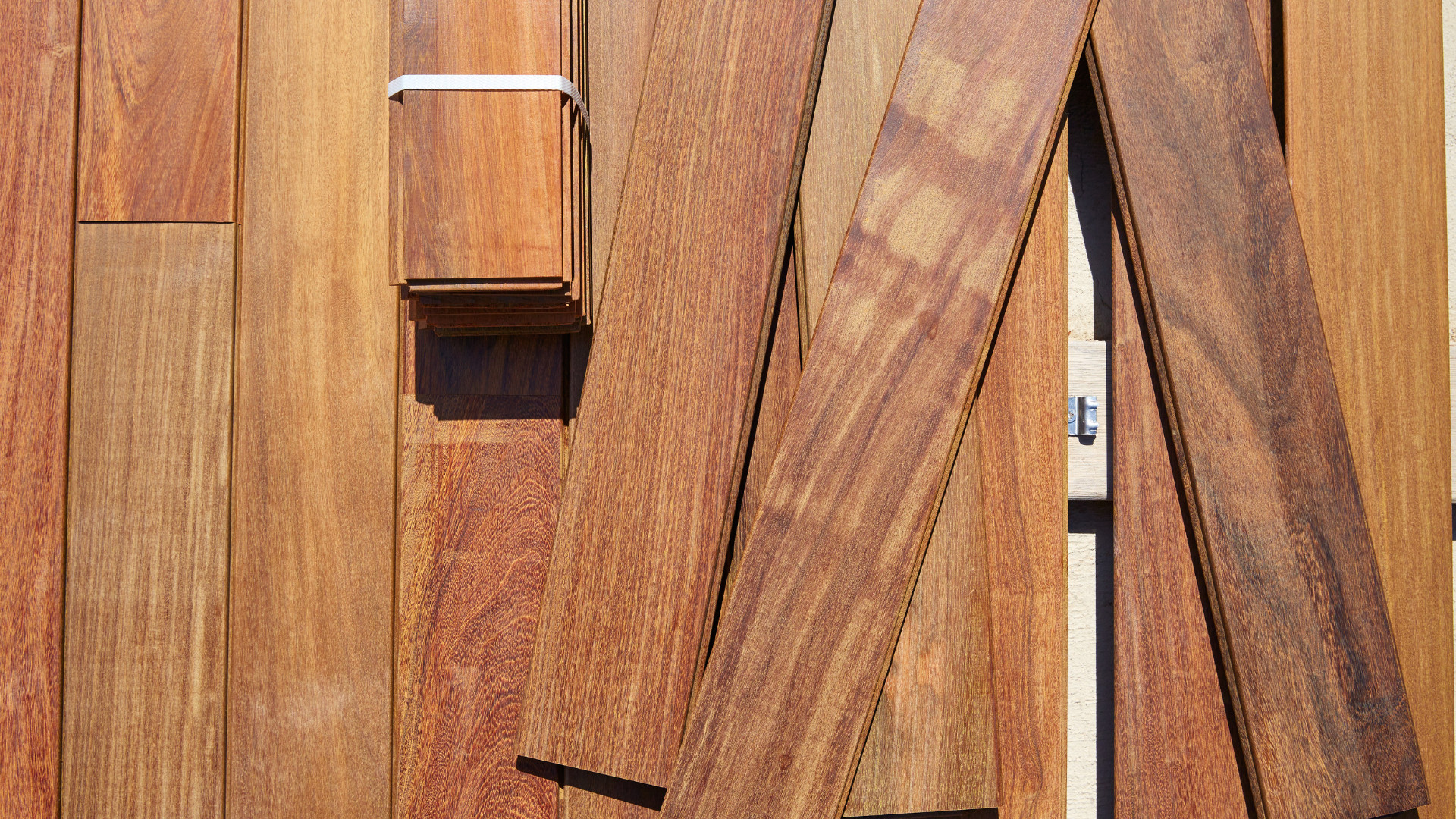A deck can transform your outdoor space into a haven for leisure and entertainment. Be it for summer BBQs or serene mornings, getting the right number of wood decking boards is key. But how many do you actually need?
In this guide, we’ll walk you through the key considerations for accurate estimation. From understanding basic measurements to factoring in design intricacies, we’ve got you. Say goodbye to the guessing game, and let’s dive into it!
The Basics of Decking Measurements
The boards are the foundation of any remarkable decking timber. They act as the canvas upon which your garden oasis takes shape. These panels serve as the horizontal surface where you and your loved ones will lounge, dine, and soak up the sun. Often made from wood, composite, and PVC materials. Each offers varying degrees of durability and aesthetics to suit your preferences.
Standard dimensions vary. The lengths commonly range from 8 to 20 feet, widths from 4 to 6 inches, and thicknesses from 1 to 1.5 inches. Accurate measurements are more important than ever. Precisely measure the deck area in square feet to avoid material shortages. This step ensures your decking journey begins on solid ground.
Calculating the Deck Area
To begin your project, accurately measure the dimensions of the deck area. Use a measuring tape to determine the length and width of the designated space. Do so either in feet or meters, based on your preference.
Decking wood framing also plays a pivotal role in the board count. The spacing and arrangement of joists and beams influence how many boards are needed. A closely spaced frame will demand more boards, while a wider frame may reduce the count.
Calculate the square footage of your deck area by multiplying its length by width. This formula provides the foundation for calculating the number of decking boards required.
Taking Layout and Design into Account
The layout you envision for your deck shapes the number of boards required. Consider unique layouts, like L-shaped or multi-level decks. This can impact material estimation due to their intricate designs.
Deck patterns, such as parallel or diagonal alignments, introduce an artistic dimension. However, they also alter the decking boards wood count. Diagonal layouts, for one, often necessitate more boards. This is often due to the increased angle and wastage from cuts.
Design elements like stairs, railings, and borders further influence the board count. Stairs consume extra boards. Meanwhile, railings and borders contribute to aesthetics but impact material requirements.
Precise measurements and accounting for these factors guarantee your deck takes form seamlessly.
Factoring in Wastage and Cuts
Accounting for inevitable wastage, errors, and necessary cuts during deck installation is paramount. Failing to do so can lead to last-minute hassles and delays.
To err on the side of caution, add an extra percentage to your calculated decking board count. A commonly recommended figure is around 10%. This buffer covers cuts, missteps, and any unforeseen mishaps. It ensures you have enough materials to complete the project seamlessly.
Suppose you need to replace a damaged board or account for tricky angles in a diagonal layout. Such situations demand extra timber decking boards. By including a contingency, you’ll be well-prepared for the unpredictabilities of construction. This, in return, allows for a smoother and stress-free decking experience.
Online Tools and Calculators
Streamline your decking project with the aid of online decking material calculators. These tools simplify the estimation process, eliminating guesswork.
Reputable calculators allow you to input deck dimensions, material preferences, and design elements. A great example is the Decking Calculator by Home Depot. It can generate an accurate board count and suggest material quantities.
However, while such tools are invaluable, remember that every project is unique. Double-check calculations and consider project-specific variables like extra angles, patterns, or wastage. This approach guarantees precision. It ensures your envisioned deck comes to life exactly as planned.
Seek Professional Advice
When in doubt, tap into the expertise of professionals like TimberX. Or to experienced DIY enthusiasts, as they can provide invaluable guidance. Their hands-on experience with decking projects equips you with practical insights. They can advise on layout and material choices and even share time-saving tips.
Moreover, local planning rules and regulations have a role in determining material requirements. Consulting experts ensure your project aligns with safety standards and legal requirements. This enhances the overall success of your decking endeavour.
Round-up
Accurately estimating the number of decking boards needed ensures a successful project. From understanding dimensions and layouts to wastage and design elements, precision is key. Embrace the convenience of online calculators. But remember to cross-verify results against your project’s unique demands.
Consulting professionals add depth to your knowledge. Meanwhile, adherence to local regulations guarantees safety and legality. And with this guide, you’re poised to transform your outdoor space into a stunning and robust haven!
For custom timber, look no further than TimberX. Here, we offer high-quality outdoor timber boards and more. You also wouldn’t want to miss our guide to What is Cladding Used For?
